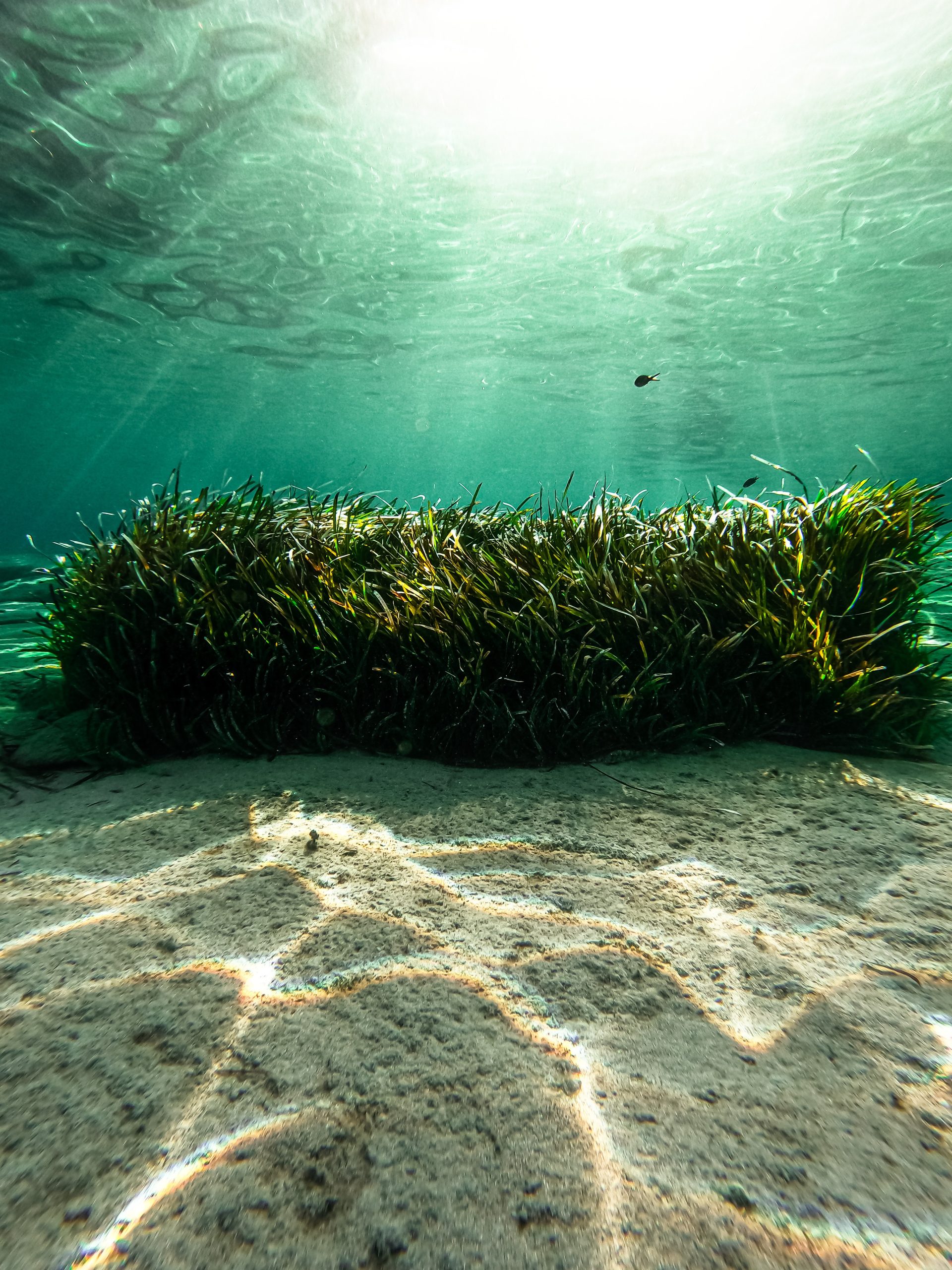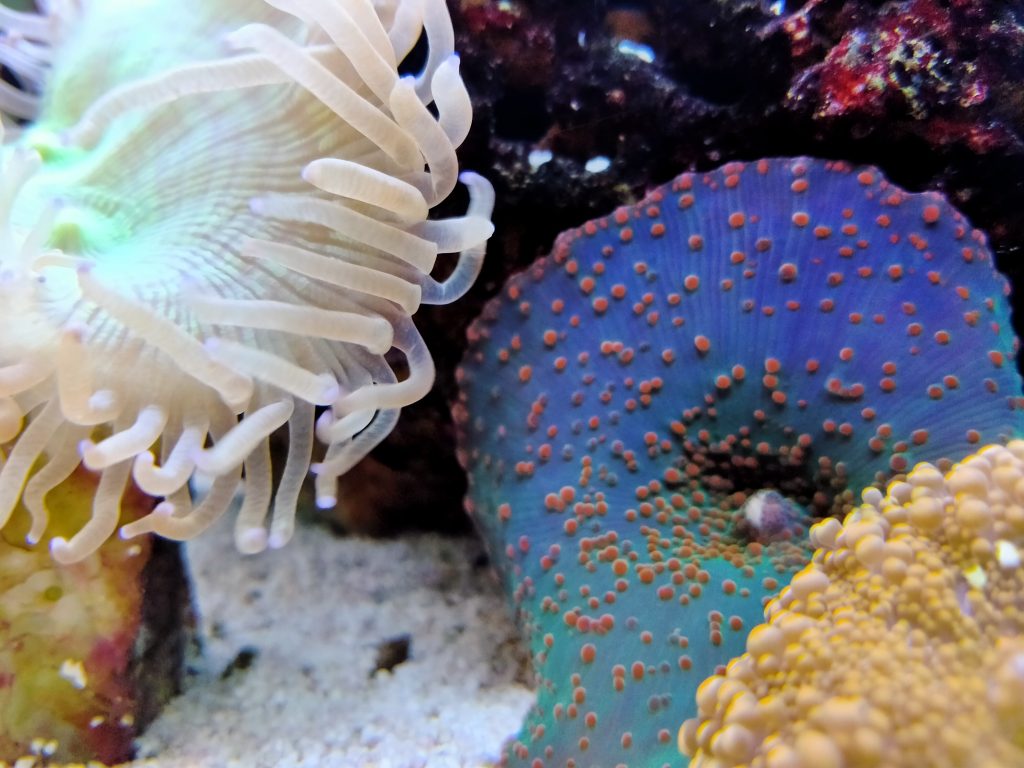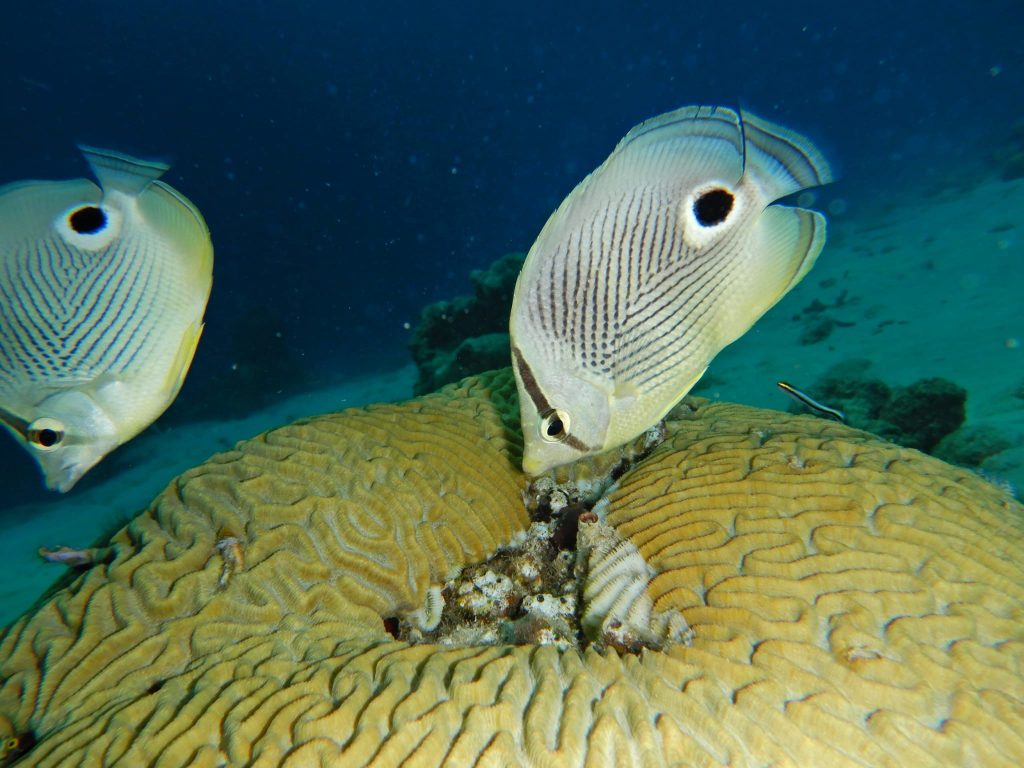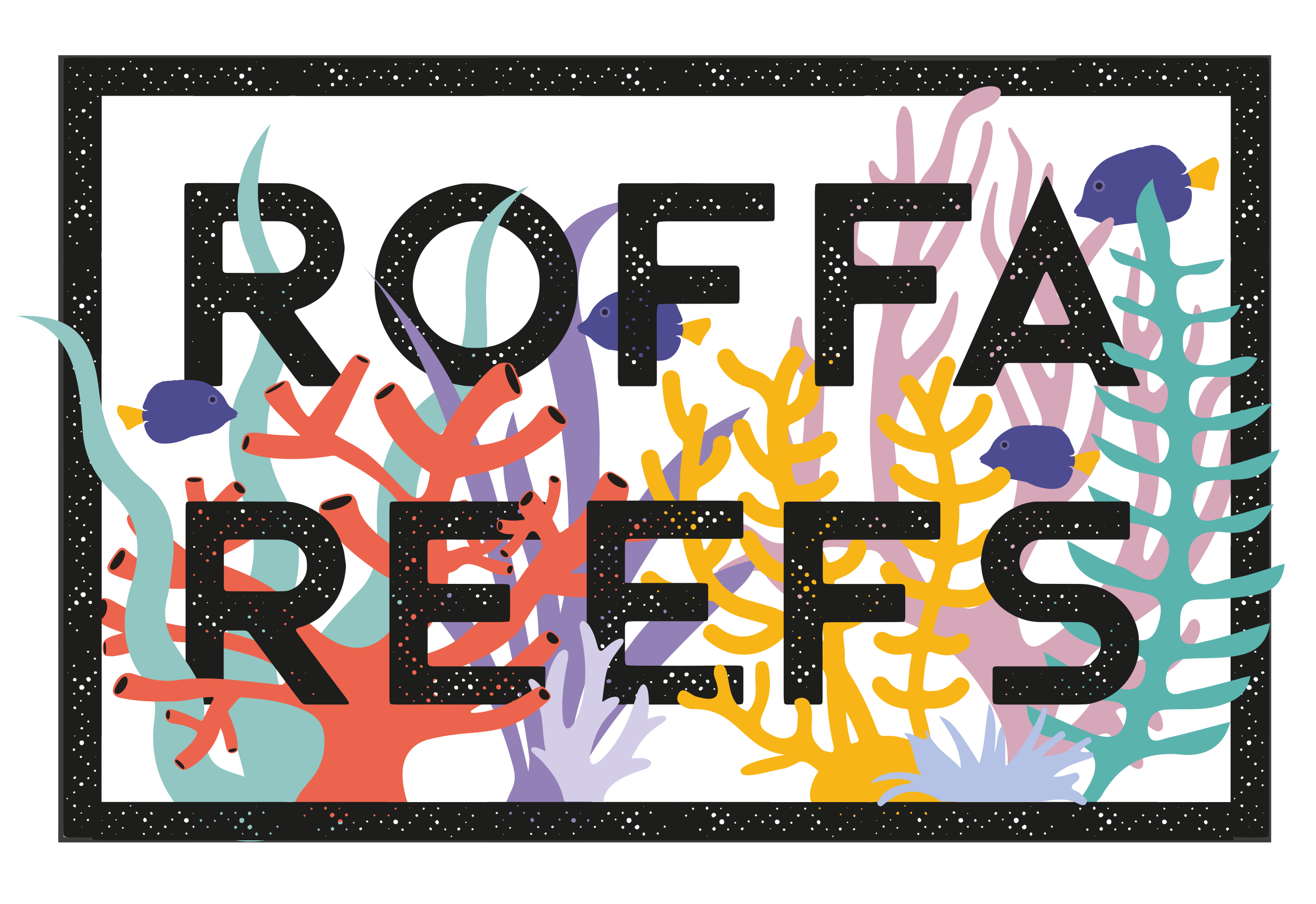
Vegan Fish Feed
Photo: Alexandros Giannakakis
Fish Meal
Many feeds for omnivorous and carnivorous animals contain fish meal. Obviously, fish is a common part of the diet for many animals. When we buy processed food, the origin of the ingredients is hard to track down. Actually, some improvement is made with certified fish ingredients in some cat- and dogfoods, but in many cases we don`t know the origin of the fish meal that is even in found in herbivorous fish feeds.
Our own fish feed
The aquaculture industry has made efforts to replace a portion of the fish meal with vegetable ingredients, such as corn, wheat, soy or other beans. Consequences of this diet mismatch for fish health are practically unknown, but certainly, an adequate diet could at least suppress diseases such as Head and Lateral Line Disease seen in both salt and freshwater fish. In an attempt to improve the welfare of these fish it makes sense to use aquacultered products in herbivorous fish feeds.
This is why we decided to make our own, more natural, diet for herbivorous fish. In this new food, formulated together with the Rotterdam Zoo, we leave out both the animal and the agricultural products. It is solely made of aquacultured products such as seaweed and other algae. These adjustments in our fish diet are a step in the right direction to a more natural diet for herbivorous fishes. Furthermore it is a good method to avoid the uncertain base of fish material and vegetables in our current fish meal and food.

Discover our fish feed
What’s in our fish feed?
Most herbivorous fish are ‘grazers’. The blue tang for example (known as `Dory` from the Disney movies), eat algae that coat the hard surface on reefs. This natural grazing behaviour is also promoted in the Oceanium of the Rotterdam Zoo. Our fish food is not bound with commonly used gelatine of animal origin but made with ‘’agar’’ a product that originates from red and brown seaweed. In liquid form we spread the food over our artificial corals. This ensures us the fish can show their natural grazing behaviour. For other fish in these tanks it is harder to get this food because their beaks are not suitable to scrape or pull the feed. This ensures that the herbivorous fish graze for longer periods as they would do in their natural habitat.


Grazing Fish

Together with the IT and Technical Department of the Rotterdam Zoo, we made our own artificial reef structures using a 3D-printer. These structures are hollow inside and can be used as a feeding rack for different feeds. By adjusting the length, width and depth of holes in these structures we can make sure the grazing fish, which all have different beaks and methods to get their food, get a more specific diet. For example our Zebrasoma xanthurum are now able to eat macro algae properly which is more than 90% of their diet in nature. If we would toss the food in like in the standard practice these fish are too timid to compete with other fish in mixed species tanks.
In nature all grazing reef fish ingest particles of detritus, some are even considered detrivorous, and the intestines of many of these fish are adapted for these amounts of detritus. In most aquaria we find organic matter and detritus, but in bigger mixed species tanks we also find artificial corals made of plastic and other inorganic matter. If algae grow on these structures it is likely that the fish also ingest small parts of the structures and this could have a negative effect on the wellbeing of the fish. This is why we use bioplastic for these structures made of corn starch and seaweed. In this way we know there is less to no harm for the intestines of these fish.
